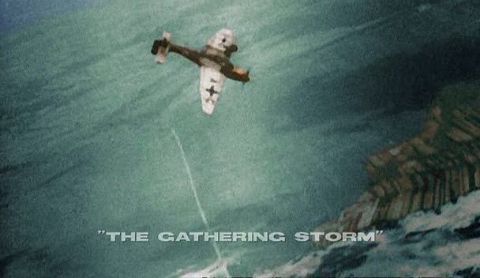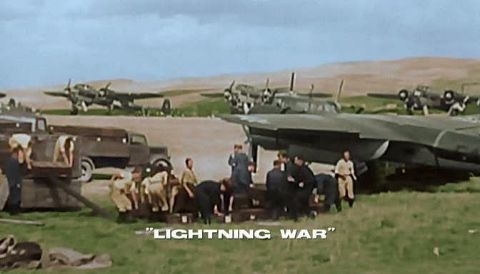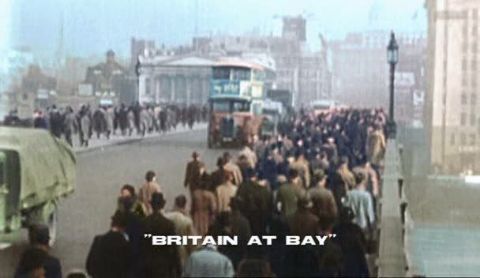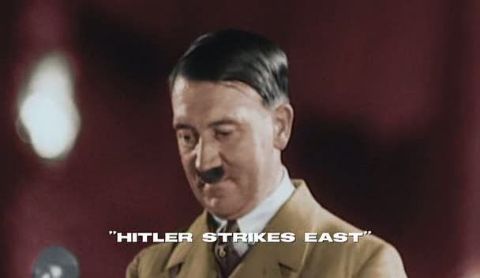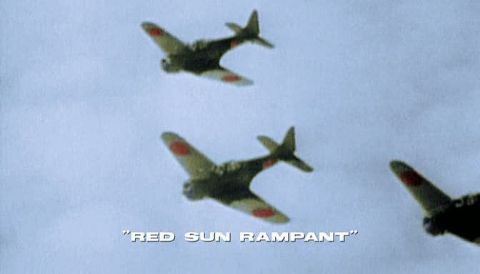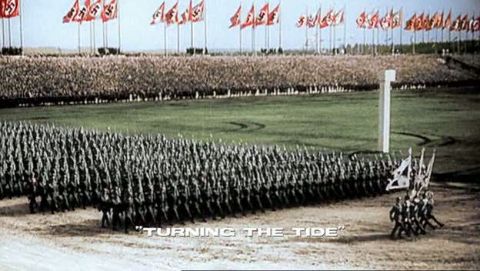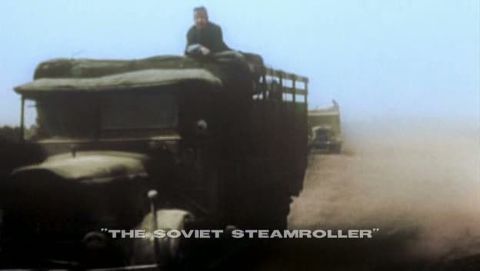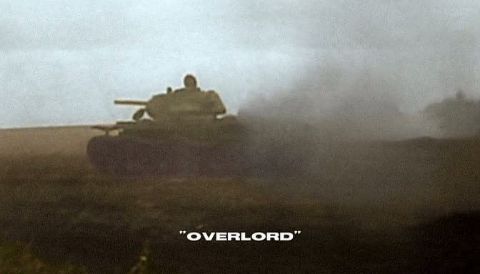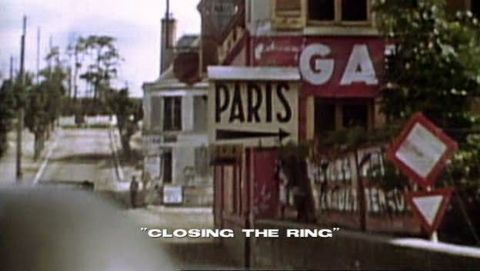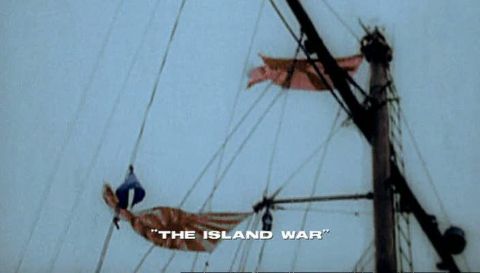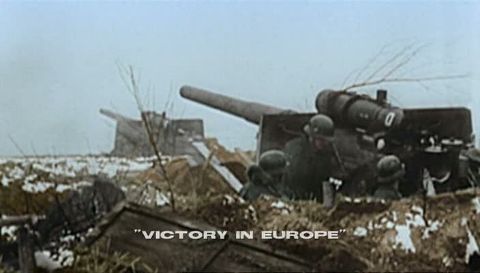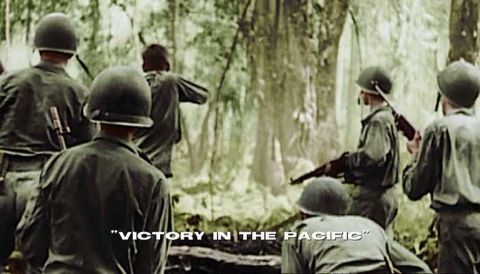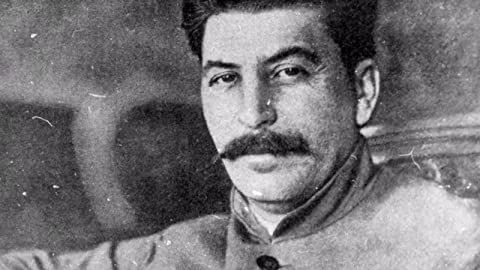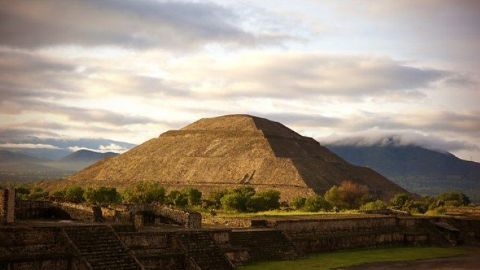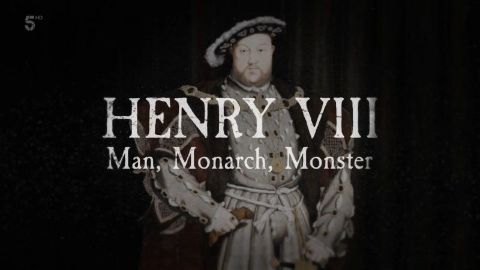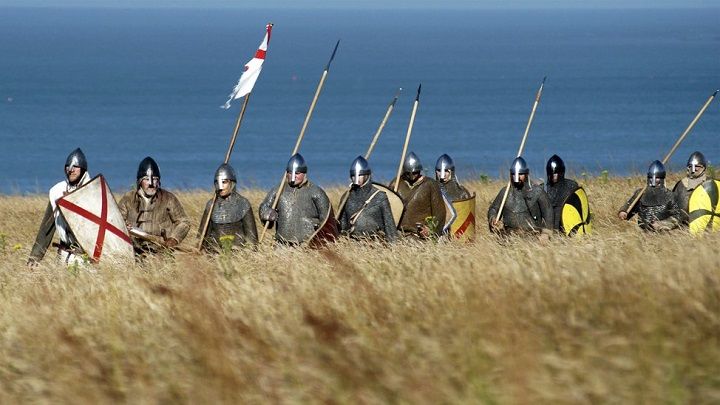The Soviet Streamroller • 2009 • episode "8/13" • World War II In HD Colour
By July 1943, the full extent of Hitler's failed gamble in the East had become clear. After failing to deliver knock-out blows at Stalingrad and Moscow, his army was now at the mercy of the vast Soviet war machine. With its huge resources and seemingly limitless numbers of men, the Red Army slowly pushed the Germans back out of Russia through Ukraine, Poland, the Balkans and Hungary. This was war on a monster scale, pitching armies of millions against each other. But it was also a war fought by small bands of partisans, men like Tito in Yugoslavia, leading guerrilla bands against Nazi forces.
Make a donation
Buy a brother a hot coffee? Or a cold beer?
Hope you're finding these documentaries fascinating and eye-opening. It's just me, working hard behind the scenes to bring you this enriching content.
Running and maintaining a website like this takes time and resources. That's why I'm reaching out to you. If you appreciate what I do and would like to support my efforts, would you consider "buying me a coffee"?
Donation addresses
BTC: bc1q8ldskxh4x9qnddhcrgcun8rtvddeldm2a07r2v
ETH: 0x5CCAAA1afc5c5D814129d99277dDb5A979672116
With your donation through , you can show your appreciation and help me keep this project going. Every contribution, no matter how small, makes a significant impact. It goes directly towards covering server costs.
